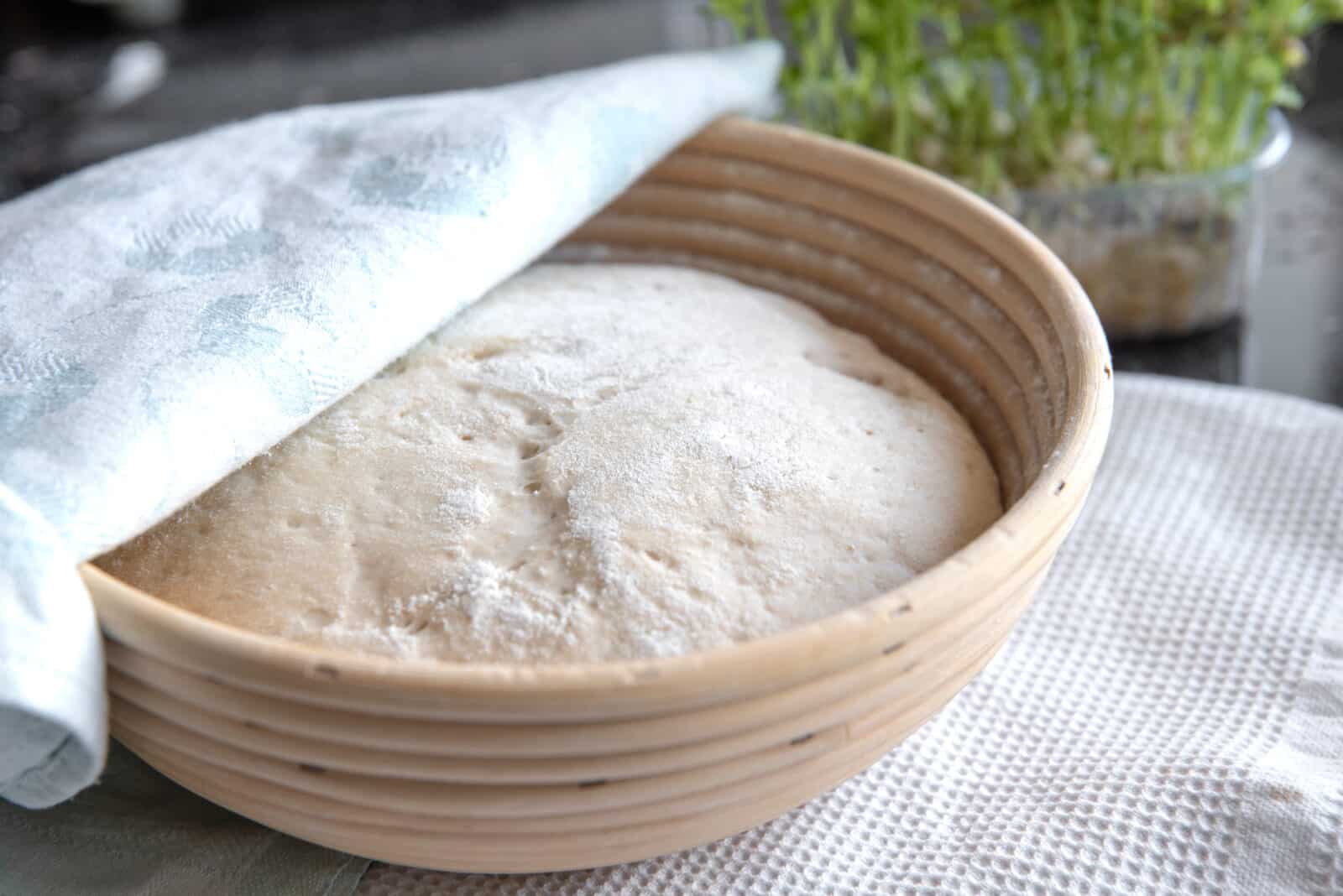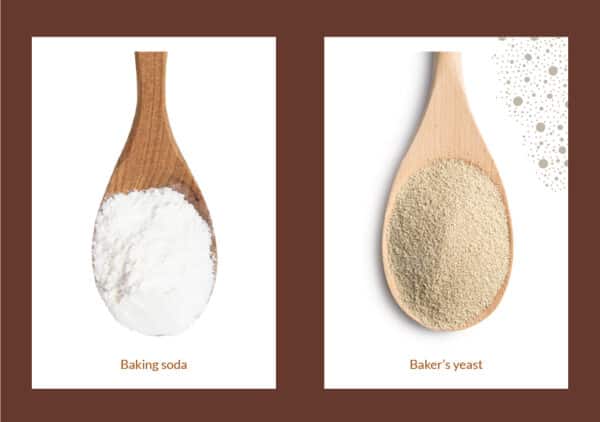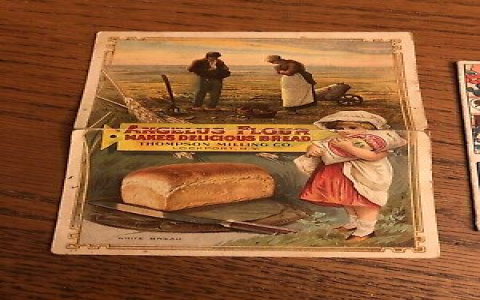Yeast, a tiny microorganism, holds the key to a world of deliciousness in the realm of baking. It is like a magical ingredient that can transform simple dough into fluffy, aromatic breads, pastries, and more.

In the process of baking, yeast acts as a leavening agent. When combined with flour, water, and a bit of sugar, yeast comes to life. It ferments the sugars present in the dough, producing carbon dioxide gas and alcohol as by – products. The carbon dioxide gets trapped within the gluten network of the dough, causing it to expand and rise. This is what gives bread its characteristic airy texture.
One of the unique aspects of yeast in baking is its ability to create a depth of flavor. Different types of yeast, such as active dry yeast and instant yeast, can impart distinct tastes. The fermentation process not only inflates the dough but also develops a complex flavor profile. The longer the fermentation time within certain limits, the more intense and rich the flavor of the final baked good. For example, a traditional sourdough bread, which relies on a natural yeast culture, has a tangy and earthy flavor that is highly sought after by bread lovers.
Yeast also allows for creativity in baking. Bakers can experiment with different yeast amounts to achieve various textures. More yeast might result in a faster rise but could potentially affect the flavor and structure if overused. On the other hand, using less yeast and allowing for a longer fermentation period can create a more robust flavor. Additionally, yeast can be used in combination with other ingredients like fruits, nuts, and cheeses to make an endless variety of baked treats.
Moreover, the temperature plays a crucial role when working with yeast. Yeast is most active in a warm and moist environment. Too cold, and the yeast will be sluggish, failing to produce enough carbon dioxide to make the dough rise properly. Too hot, and the yeast can be killed, ruining the entire batch of dough. Understanding the ideal temperature conditions for yeast activation and fermentation is an essential skill for any baker.
In conclusion, yeast is truly the heart of baking. It gives life to our favorite baked goods, from the simplest dinner rolls to elaborate holiday breads. Its role in creating texture, flavor, and variety makes it an indispensable element in the baker’s pantry. Whether you’re a novice or an experienced baker, exploring the magic of yeast can open up a whole new world of baking possibilities.

如何挑选适合烘焙的酵母?
酵母在烘焙中的用量是多少?
有哪些常见的烘焙食品是用酵母制作的?












